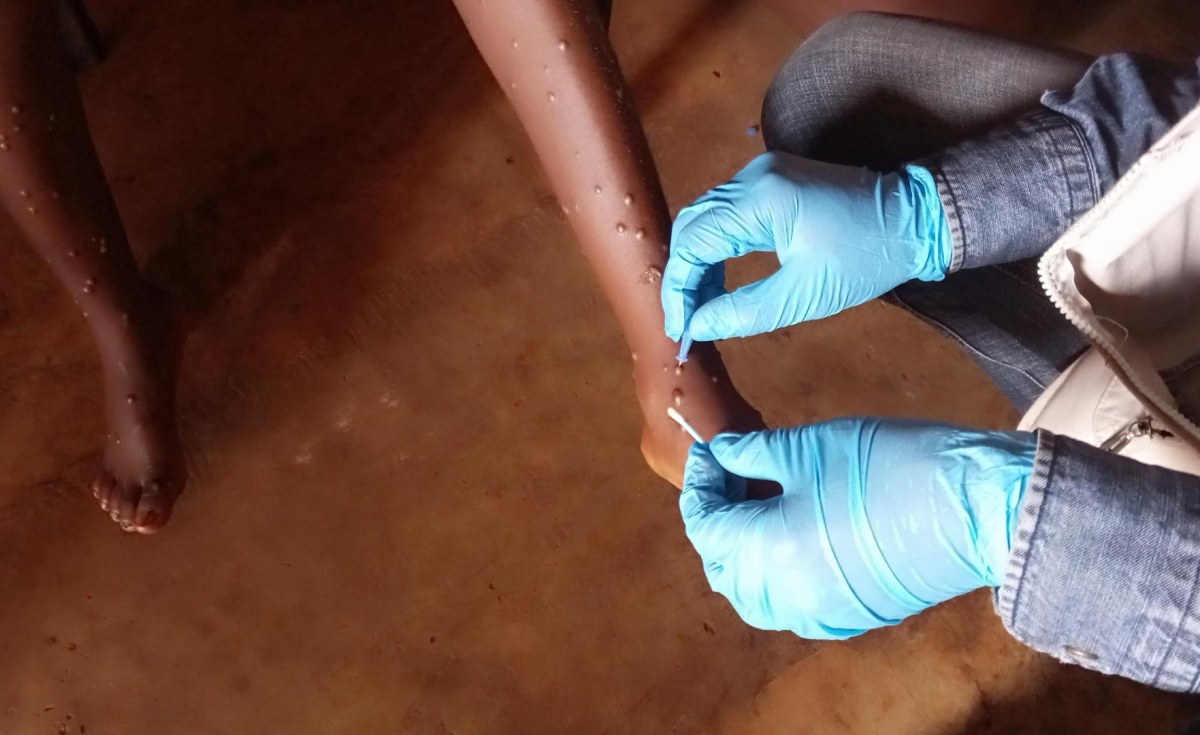Besides rising demand for food due to the vagaries of the weather, 70 percent of the region’s industries are agro-based.
This was emphasized last week during a high-level forum of business leaders and policymakers in the region held virtually.
The partner states were urged to review their agricultural development strategies in order to attract more investments.
The East African Business Council (EABC) chief executive officer, John Kalisa, said the sector saved the region from recession during the height of Covid-19.
The virtual meeting was held within the framework of Comprehensive Africa Agriculture Development Programme (CAADP) support for the EAC.
The agricultural sector in the EAC accounts for between 25 and 40 percent of the region’s GDP and employs over 80 percent of the population. However, Mr Kalisa said the sector was not attracting much investment to match its critical role in the economy and food security. The EAC countries were also urged to ensure their agricultural development programmes were compliant with CAADP principles and commitments.
In particular, the EAC partner states should enhance investment financing in agriculture “to boost food production, supply, and trade.”
This, the EABC boss argued, would in turn boost intra-regional trade in agricultural commodities and services. Mr Darbe Nouala, a senior official of the African Union (AU), urged the EAC partner states to invest more in climate resilience.
Dr Agnes Kalibata, President of the Alliance for a Green Revolution in Africa (AGRA), appealed to the EAC bloc to boost inter-continental investment “and mutual accountability.”
Jean-Baptiste Havugimana, the EAC secretariat’s director of productive services, said the EAC was committed to agricultural transformation plants.
However, he told the meeting that there were still some challenges that have impeded efforts to sustain stable food production systems.
Other speakers said that despite pockets of success, the EA’s agribusiness sector has hardly reached its full potential.
In some places, production is still struggling to meet rising local and export demand or to compete efficiently in a global marketplace.
Share this news
This Year’s Most Read News Stories

Cracks show as Zanzibar’s CCM ruling party looks to 2025 polls
Cracks show as Zanzibar’s CCM ruling party looks to 2025 polls over Mr Karume’s allegation against the administration. Time for the ruling party to take stock?Continue Reading

Zanzibar liquor importers face fresh hurdle despite court order
The liquor shortage in Zanzibar is far from over, even after a court order granted relief to the three importers.Continue Reading

Africa: Rwanda Gets a Grip Of Marburg, But Mpox ‘Not Yet Under Control’

Monrovia — The Rwanda Minister of State responsible for Health, Dr. Yvan Butera, cautioned that while the country is beginning to see positive signals in its fight against the Marburg virus, the outbreak is “not yet over”. He, however, expressed hope that “we are headed in that direction”. The minister said the epidemiology trend, since the disease was first discovered in the country more than a month ago, is moving towards fewer cases.
Dr. Butera, who was giving updates during an online briefing yesterday, said in the past two weeks, only two deaths were recorded while 14 people recovered from the disease. He said Rwanda was expanding its testing capacity with 16,000 people already inoculated against the disease.
The priority right now, Butera said, is “rapid testing and detection”.
Marburg is a highly virulent disease transmitted through human-to-human contact or contact with an infected animal. The fatality rate of cases, which has varied over the period, is more than 50%, according to the World Health Organization. WHO said the highest number of new confirmed cases in Rwanda were reported in the first two weeks of the outbreak. There’s been a “sharp decline” in the last few weeks, with the country now tackling over 60 cases.
At Thursday’s briefing, a senior official of the Africa Centers for Disease Control, Dr. Ngashi Ngongo, said mpox – the other infectious disease outbreak that countries in the region are fighting – was been reported in 19 countries, with Mauritius being the latest country to confirm a case. He said although no new cases have been recorded in recent weeks in several countries where outbreaks occurred previously – including Cameroon, South Africa, Guinea, and Gabon – Uganda confirmed its first Mpox death. This, he said, is one of two fatalities reported outside Central Africa.
Dr. Ngashi revealed that there was an increase in cases in Liberia and Uganda. He said mpox cases were still on an upward trend.
“The situation is not yet under control.”
Source: allafrica.com











